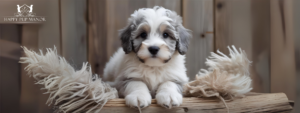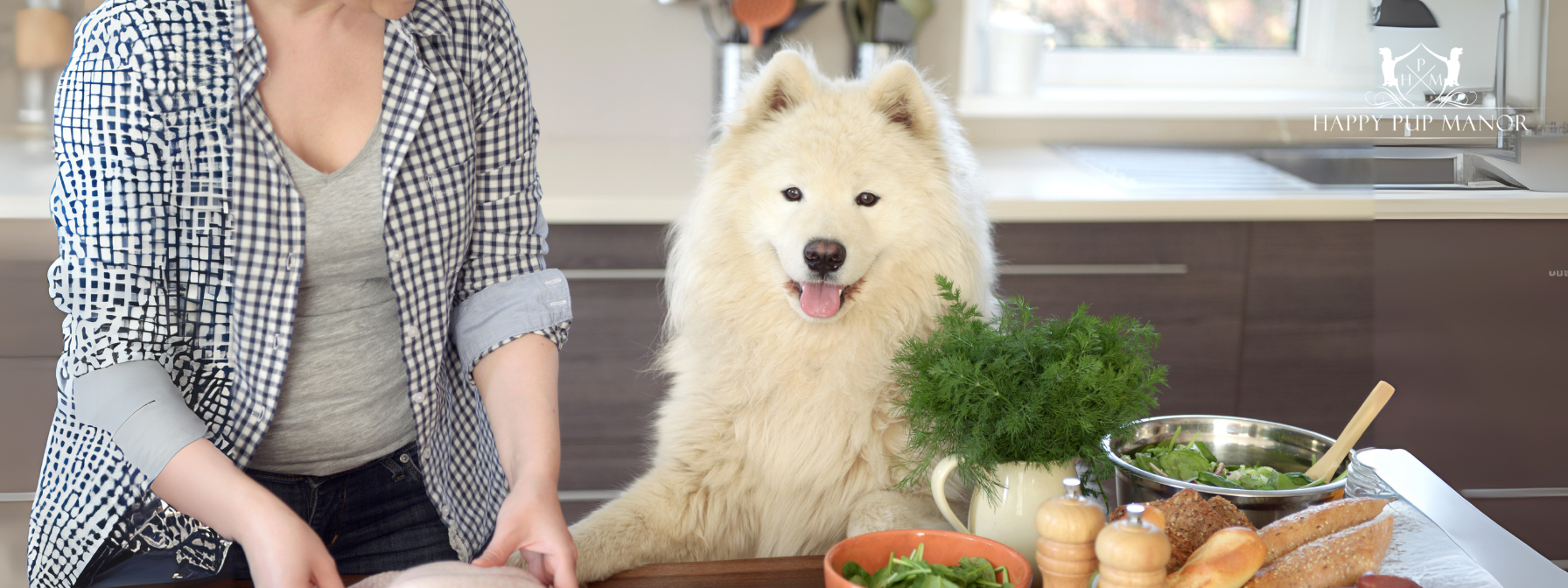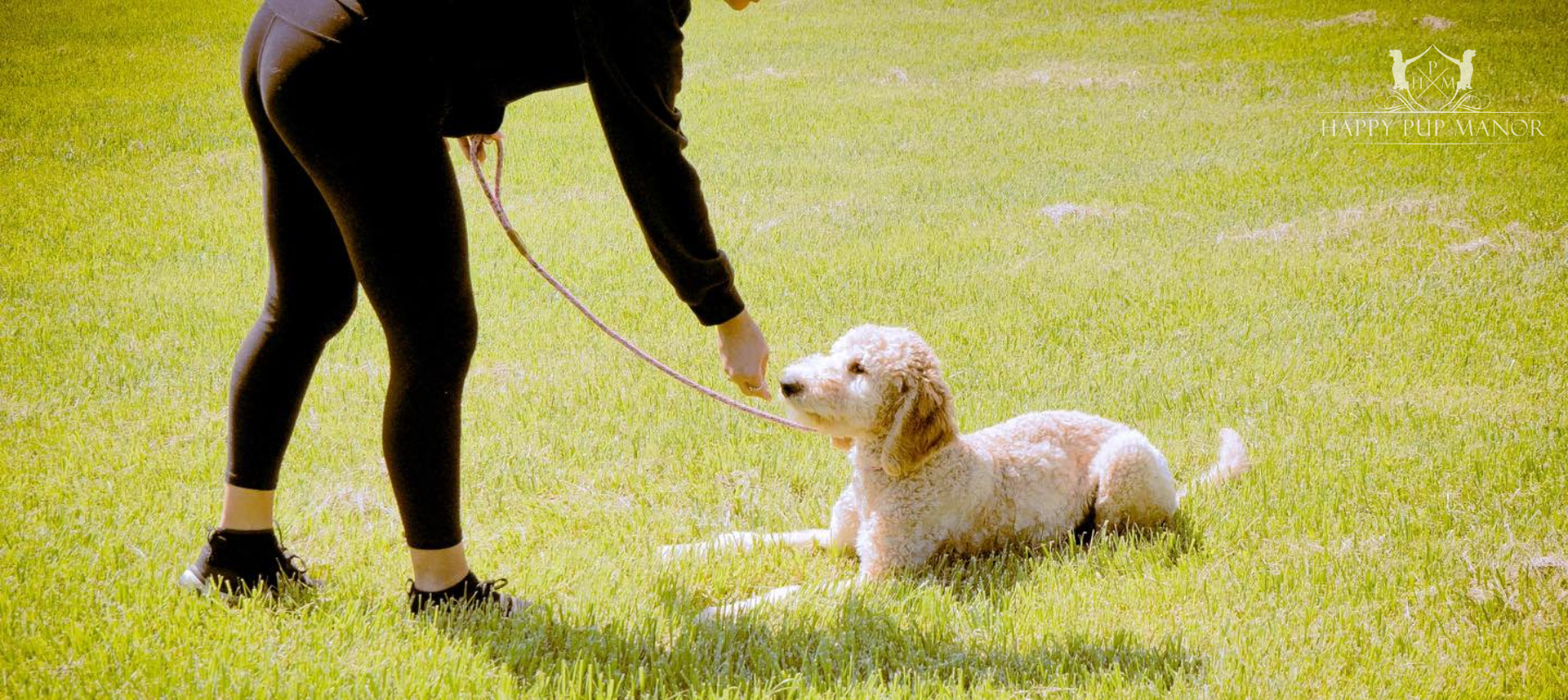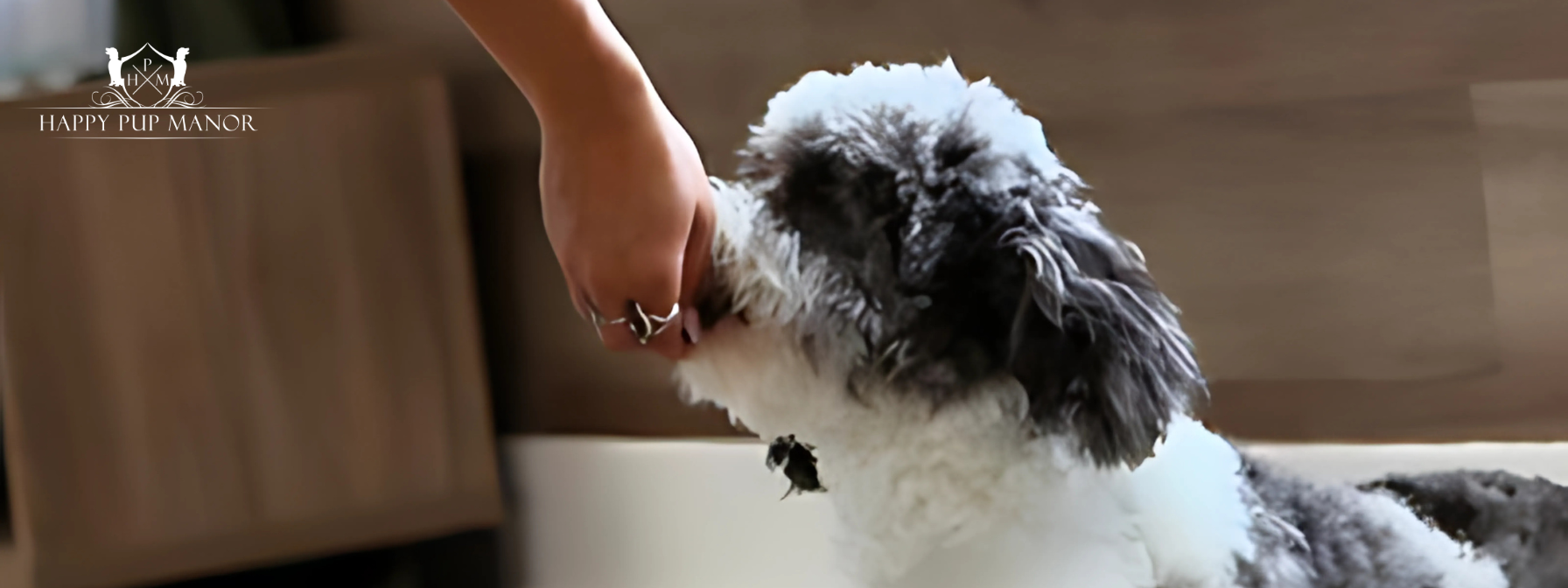How to Crate Train a Puppy?

How to Crate Train a Puppy?
What Are The Benefits of Crate Training?
Crate training offers numerous benefits for puppies, providing a safe space, aiding in housebreaking, and preventing destructive behaviors. It also helps with anxiety, travel, vet visits, and grooming appointments, creating a positive association with the crate as a secure haven.
While a dog or puppy crate might look like a “cage” to you, they can actually be a very safe space for pups that they can go to when used correctly. Crate training is the process of introducing and teaching your puppy to be confined in a crate or a kennel without making them feel uneasy and scared.
Gives Your Puppy Its Own Space
A crate gives your puppy a safe space to go whenever it feels overwhelmed, stressed, or just wants to rest. This is great, especially for busy homes or homes with children, since sometimes your puppy needs downtime. If you have children at home, tell them that when your dog or puppy is inside their crate, they should leave it alone and let it rest.
Keeps Your House Safe
Pups might feel anxious when left alone. One way of easing their anxiety is by chewing things like your sofa, rugs, and favorite shoes. When going out, even for a quick errand, keeping your pup in its crate will give you peace of mind that you won’t find your home in a complete mess when you return.
Gives Protection To Your Dog
Sometimes, even though you are at home with your dog, you are busy doing other things and can’t constantly keep watch. Crate training your puppy is a great way to prevent them from getting injured or risking eating things they shouldn’t. Pups love sleep so although its always fun to play and cuddle, its important for your pup to have alone time to rest as well.
Helps With Potty Training
Typically, dogs don’t like doing their dirty business where they sleep. Having Crate time for naps and rest periods will help train your puppy to hold their potty until they are taken to their designated potty area.
Read: Know Before They Go: Your Guide to Potty Training
Safer Travels
Car trips are much safer for you and your dog if you put them in a crate instead of letting them loose. Not only will you be free from distractions that can potentially cause accidents, but your dog will also be comfortable in his crate. Of course, your dog’s crate will also provide protection to your pup in case of car crashes. ‘
More Relaxed Visits to the Vet & Groomer
One of the pets’ biggest struggles when going to the Vet or Groomer is staying overnight and being kept inside crates. If your puppy is crate trained, it won’t feel scared and anxious that you are not there since you have established its crate as its safe space. You can also put your clothing with your scent in its crate so they will have an easier visit to the vet.
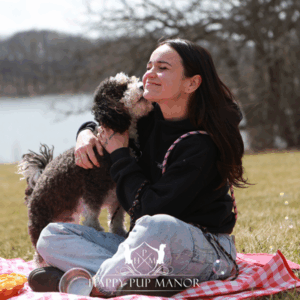 How To Choose The Right Crate?
How To Choose The Right Crate?
Since crate training has many advantages for you and your puppy, it is equally important to find the right size crate.
Identify the Size of Your Puppy — Measure the size of your puppy by determining its height and length. This will give you the idea that you should get a crate bigger than your puppy’s dimensions so he has enough room to stand, turn around, and lie down. You do not want it too big if you are at the potty training stages of your pups training. they will tend to not have potty accidents if it fits just right,
Plastic Crates Are more expensive options but the more modular dog crate with a customizable design that seamlessly blends into any home decor, offering both a functional indoor dog crate and a stylish piece of dog crate furniture.
–Wire crates are standard and a necessity for your pups safety and training needs.
–Travel crates are for the pups who are on the road for extended periods
How To Crate Train Your Puppy
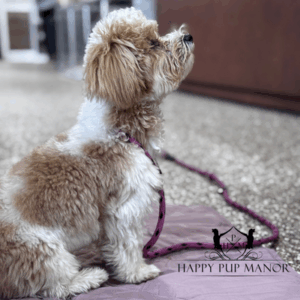
Create a Positive Association
Encourage your puppy to enter the crate by placing treats inside and using the crate command, this will encourage your pup to go into their crate with the positive reward system.
Make Use of Verbal Cues and Reward
Similar to training your puppy with other commands like “sit” and “stay,” use verbal cues like “crate” or “kennel” when it is inside or near the crate. Use an encouraging and positive tone while giving the command so the puppy knows that the crate is a positive place and reward with kibble to enter and once your pup is settled reward again.
Give Mentally Stimulating Activities
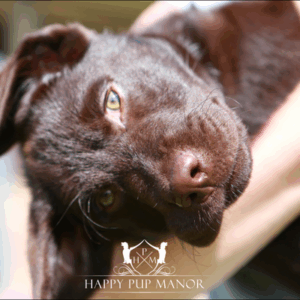
When your puppy is inside the crate, try giving them Benebones which are a safe chew or a Lick mat to keep them engaged. These simple toys can help prevent your puppy from getting anxious or bored alone and by making them focus on an activity that helps soothe and calm them. Choose a crate lick mat that can be attached to the cage so it won’t move around and make it hard for your pup to enjoy the activity.
Encourage With Praise and Treats
Puppies love getting rewards! During the period when you are still introducing your puppy to its crate, don’t forget to praise it and give it their favorite treat as a reward when it enters its crate on its own. Positive reinforcement will make your puppy feel proud of himself and further encourage it to go inside. This is also a great place to give your new puppy a yogurt or peanut butter kong, they will then associate the crate as positive.
Cover the Crate while your at home.
When your new puppy is anxious in their new home, it is sometimes helpful to cover the top and sides with a blanket to keep your pup feeling more secure and less sensitive to things around them. It is a training technique we use often to help settle new puppies. Once they are calm you can praise and reward with high value treat.
Follow a Routine
Create a consistent routine incorporating “crate time” for your puppy and ensure you stick to it. You can choose to use the crate for your puppy’s nap, snack, and bedtime. If your puppy has become comfortable inside the crate, you can use it when leaving the house. By following a consistent routine, your puppy will anticipate the time of day it will stay in the crate.
Turn the Crate Into a Positive Space
To make your puppy feel more at ease and comfortable in its crate, you can create an inviting environment by adding a blanket, bedding, or toys. Some puppy owners find that putting a piece of their clothing inside the crate also gives puppies a sense of security, especially if they sleep in their crates at night.
What Other Crate Items Should I Consider Getting?
Aside from choosing the right crate, you might want to consider other items that can make your crate training easier since these can add to giving your puppy a feeling of security and comfortability:
Bedding
 If your puppy will be napping or sleeping inside the crate, try to make it as comfortable as possible by putting it on a bed. Choose a doggy bed that fits perfectly and won’t slip between the wire spaces below. We love the VANKEAN Reversible Cool and Warm Dog Bed, which is specially made for dog crates. It is machine washable and has a waterproof inner lining just in case your puppy pees.
If your puppy will be napping or sleeping inside the crate, try to make it as comfortable as possible by putting it on a bed. Choose a doggy bed that fits perfectly and won’t slip between the wire spaces below. We love the VANKEAN Reversible Cool and Warm Dog Bed, which is specially made for dog crates. It is machine washable and has a waterproof inner lining just in case your puppy pees. Toys
 To prevent boredom and make the crate a positive space for your pup, you can put their favorite toy or one that makes them feel comfortable. Puppies who tend to be anxious love the Snuggle Puppy Heartbeat Stuffed Toy since the “heartbeat” feature helps lower stress, barking, and whining. This is a great toy that your puppy can actually use inside or outside their crate.
To prevent boredom and make the crate a positive space for your pup, you can put their favorite toy or one that makes them feel comfortable. Puppies who tend to be anxious love the Snuggle Puppy Heartbeat Stuffed Toy since the “heartbeat” feature helps lower stress, barking, and whining. This is a great toy that your puppy can actually use inside or outside their crate.
Chew Toys
 One of the struggles of crate training a puppy is that it often tries to chew the crate. This is because it is teething and needs to chew on something to ease its irritability. To prevent your puppy from chewing its crate, make sure that you put its favorite chew toy inside so it can feel at ease when it needs something to chew on.
One of the struggles of crate training a puppy is that it often tries to chew the crate. This is because it is teething and needs to chew on something to ease its irritability. To prevent your puppy from chewing its crate, make sure that you put its favorite chew toy inside so it can feel at ease when it needs something to chew on. Food and Water Bowl
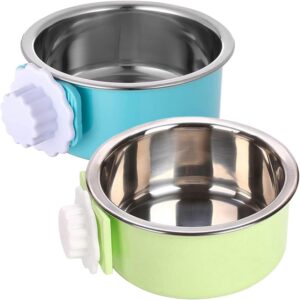 If you plan on feeding your puppy inside the crate or will be using the crate for traveling, you should get a food and water bowl made just for crates. While you can also use the dog bowls your puppy uses outside the crate, the downside is that these often slide around the crate, making it hard for your puppy to eat and drink. Opt for a puppy bowl such as the Kathson Crate Dog Bowl that can be easily attached to the crate.
If you plan on feeding your puppy inside the crate or will be using the crate for traveling, you should get a food and water bowl made just for crates. While you can also use the dog bowls your puppy uses outside the crate, the downside is that these often slide around the crate, making it hard for your puppy to eat and drink. Opt for a puppy bowl such as the Kathson Crate Dog Bowl that can be easily attached to the crate.
Remember, crate training requires a lot of patience. Each dog has unique traits and character, so you need to consider that the time it takes for every puppy to be crate trained also varies. Take the time and let your puppy ease into the crate gradually while maintaining a positive tone. With enough patience and positivity, your puppy will learn that his crate is a place of comfort and safety!
Need help with crate training your pup? Contact us now!



